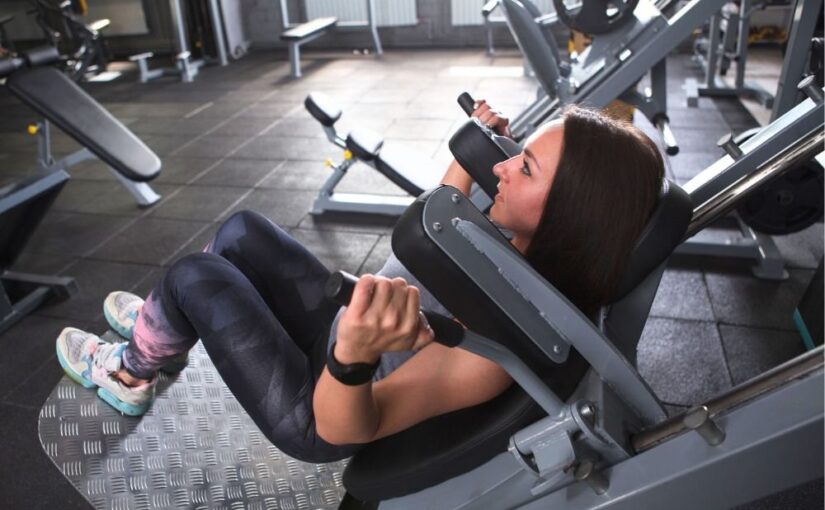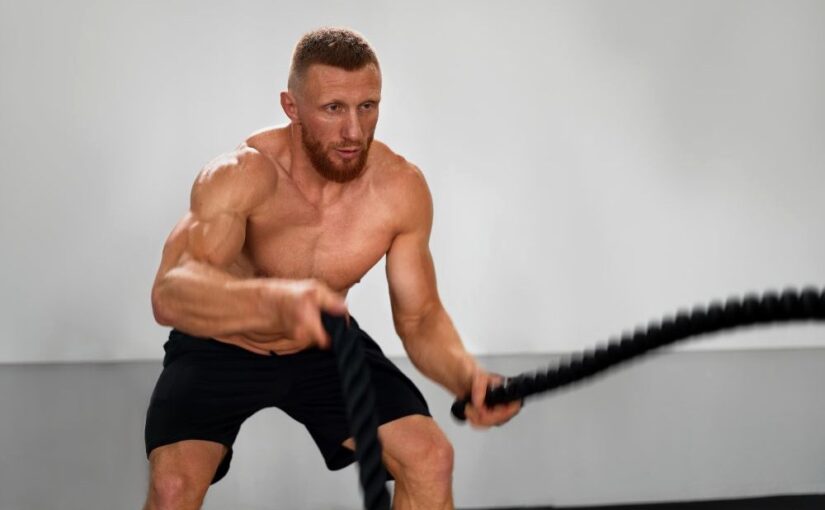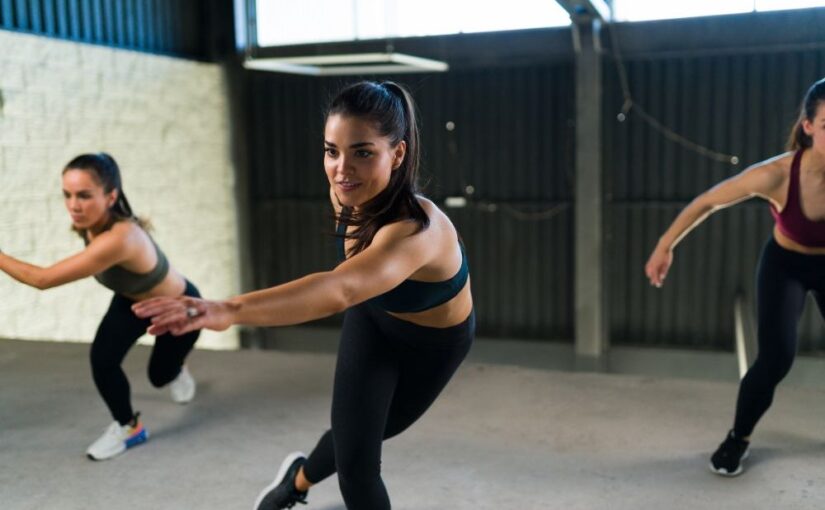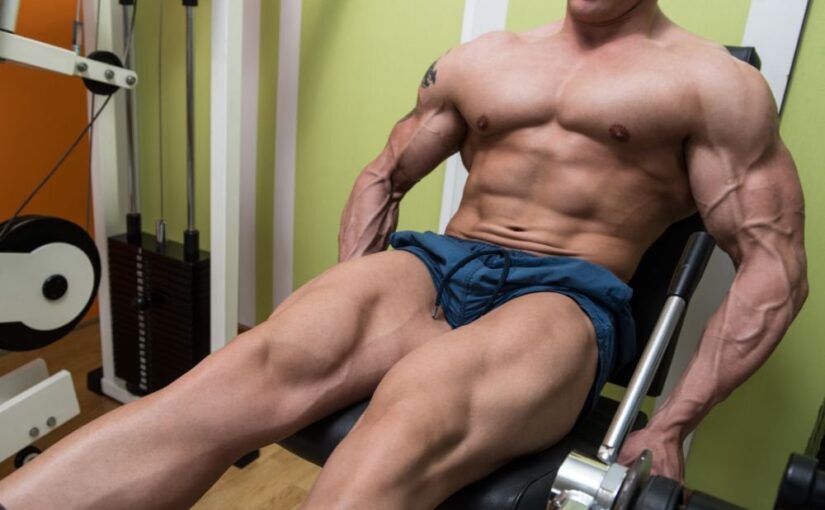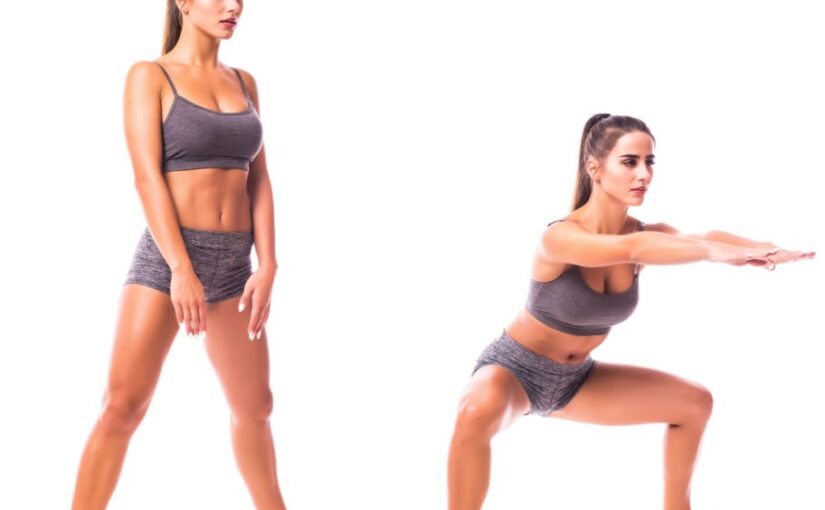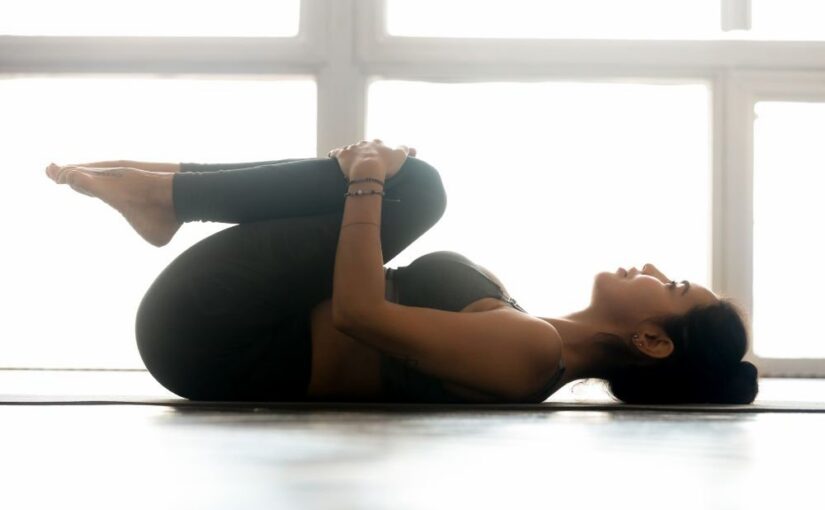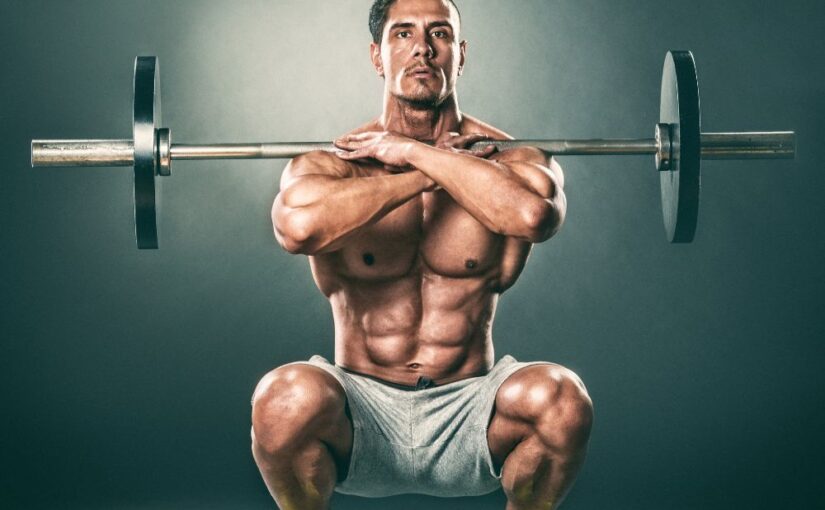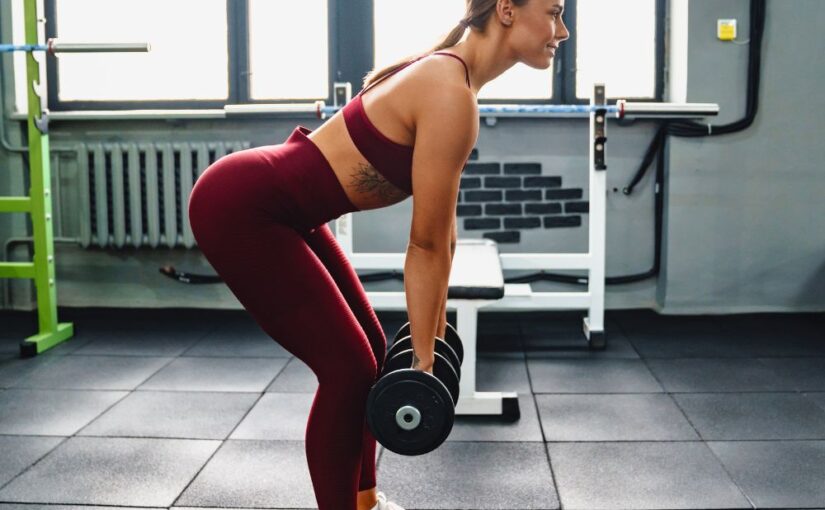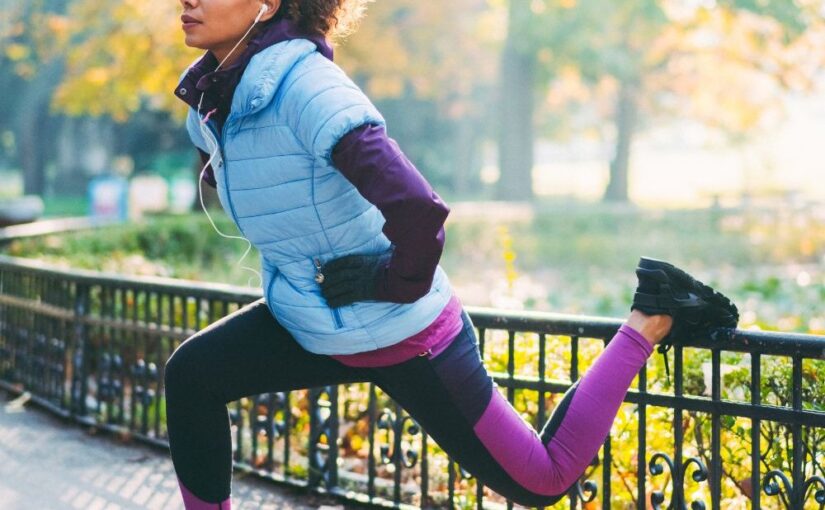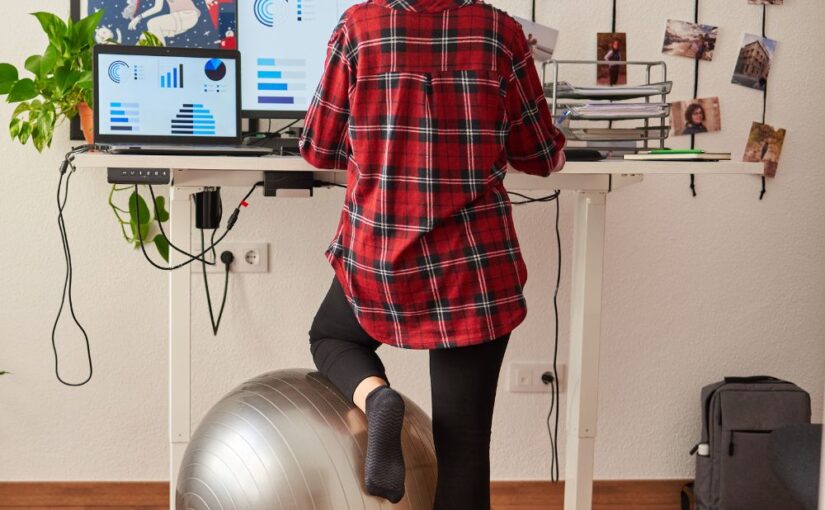The hack squat is a powerful exercise that targets the lower body, particularly the quadriceps, hamstrings, and glutes. Originating from traditional squats, this variation has gained popularity in gyms due to its unique mechanics and the benefits it offers for strength and muscle development. In this article, we will explore the hack squat’s benefits, proper technique, variations, and tips for incorporating it into your workout routine.
What is the Hack Squat?
The hack squat is typically performed on a specialized machine, which allows for a controlled movement pattern. The design of the machine provides support for the back and allows the lifter to maintain a more upright posture. This positioning reduces the strain on the lower back, making it an appealing option for those looking to strengthen their legs with reduced risk of injury.
Benefits of the Hack Squat
- Targeted Muscle Activation: The hack squat primarily works the quadriceps while also engaging the hamstrings, glutes, and calves. This focused muscle activation is excellent for building lower body strength.
- Reduced Lower Back Strain: Unlike traditional squats, the hack squat’s machine design supports the back, allowing individuals to lift heavier weights without the risk of compromising spinal alignment.
- Improved Stability: The machine’s guided path helps maintain balance and stability during the movement, making it an excellent choice for beginners or those recovering from injuries.
- Versatile: Hack squats can be performed with different foot placements and stances, allowing for variation and targeting of different muscle groups.
- Enhanced Muscle Hypertrophy: The controlled movement and ability to use heavier weights make hack squats a great exercise for promoting muscle growth.
Proper Technique for Hack Squats
To perform the hack squat correctly, follow these steps:
- Setup: Adjust the machine to fit your height. Position your back against the pad and place your shoulders under the shoulder pads.
- Foot Placement: Stand on the platform with your feet shoulder-width apart or slightly wider. You can adjust foot placement to emphasize different muscles (narrow for quads, wider for glutes).
- Starting Position: After unlocking the machine, bend your knees to lower your body. Maintain your back pressed against the pad and your chest up.
- Depth: Make sure your knees remain in line with your toes as you lower yourself until your thighs are at least parallel to the ground.
- Returning to Start: Press through your heels to return to the beginning position, fully extending your legs while keeping control throughout the movement.
- Repetitions: Strive for about 3-4 sets of 8-12 repetitions, depending on your fitness level and goals.
Variations of the Hack Squat
While the traditional hack squat is effective, there are several variations you can incorporate:
- Single-Leg Hack Squat: Performing the exercise one leg at a time increases the challenge and helps improve balance and stability.
- Smith Machine Hack Squat: Using a Smith machine can provide additional support and allows for variations in foot placement.
- Weighted Hack Squats: Adding weight plates can intensify the exercise and enhance muscle growth.
- Box Hack Squats: Incorporating a box or platform to squat onto can help improve depth and form.
Tips for Incorporating Hack Squats
- Warm-Up: Always warm up before your workout to prepare your muscles and joints for the exercise.
- Start Light: If you’re new to the hack squat, begin with lighter weights to focus on form before progressing to heavier loads.
- Listen to Your Body: Be mindful of any pain or discomfort you may feel. If something doesn’t feel right, adjust your technique or consult a fitness professional.
- Combine with Other Exercises: Pair hack squats with other lower body exercises, such as lunges and leg presses, for a comprehensive leg workout.
- Cool Down and Stretch: After your workout, take time to cool down and stretch the muscles worked to aid recovery and flexibility.
Conclusion
The hack squat is an excellent addition to any lower body workout routine, offering a safe and effective way to build strength and muscle. With proper technique and variations, it can cater to different fitness levels and goals. Whether you’re a beginner or an experienced lifter, incorporating the hack squat into your training regimen can yield significant benefits for your lower body strength and overall fitness.

